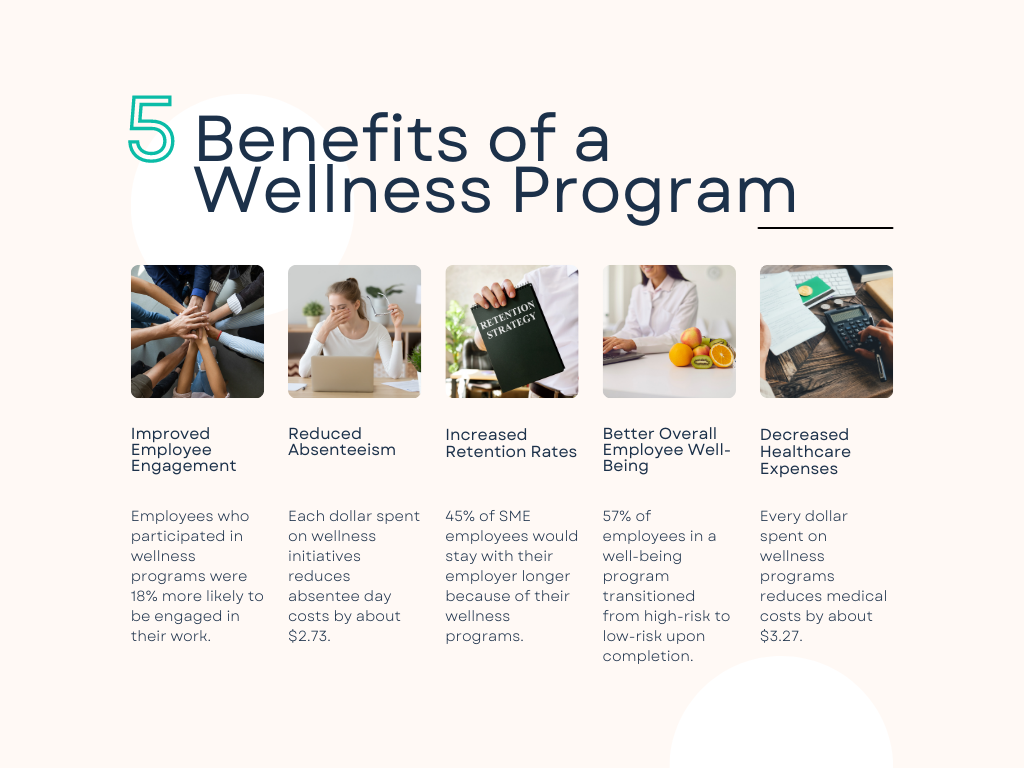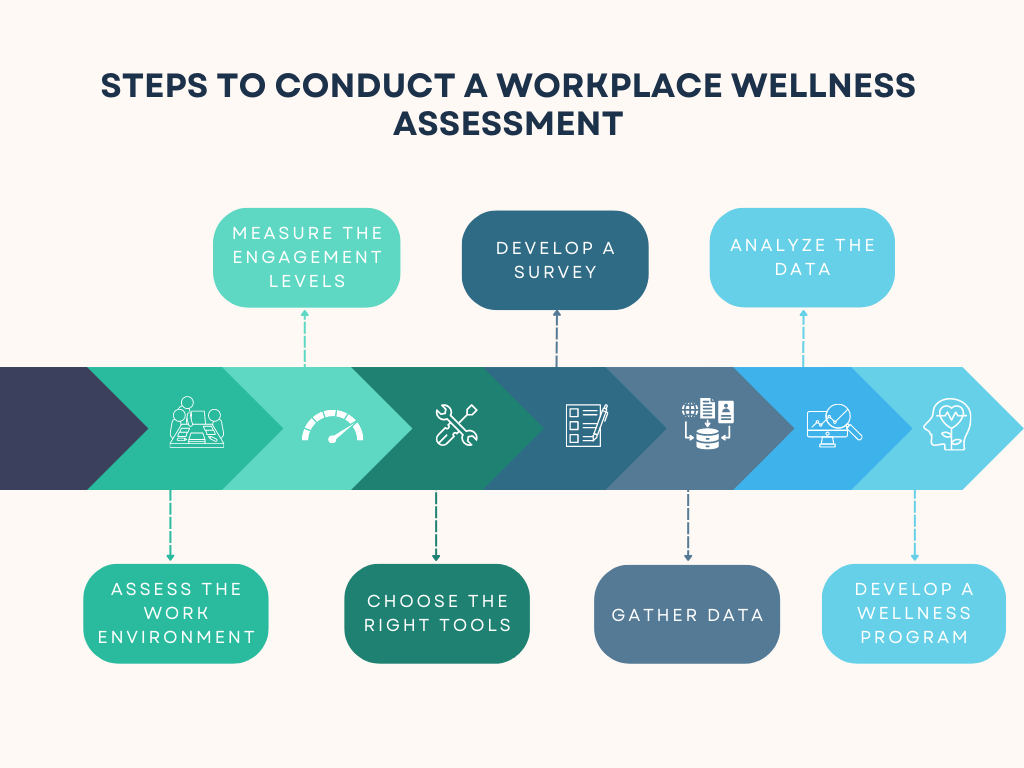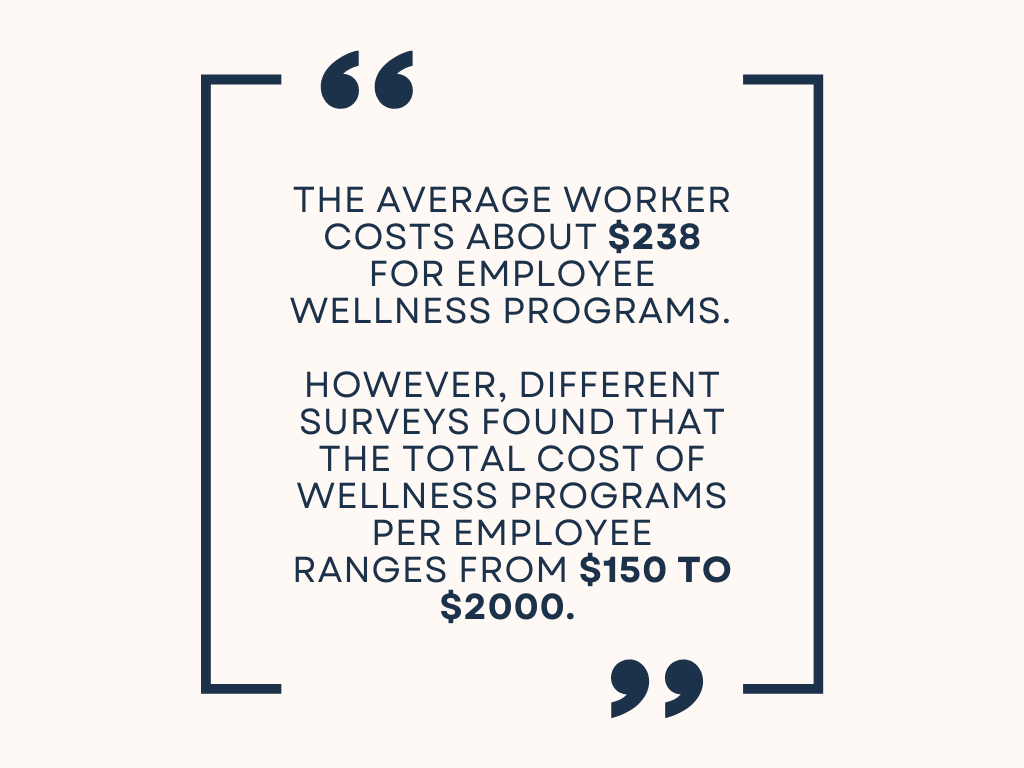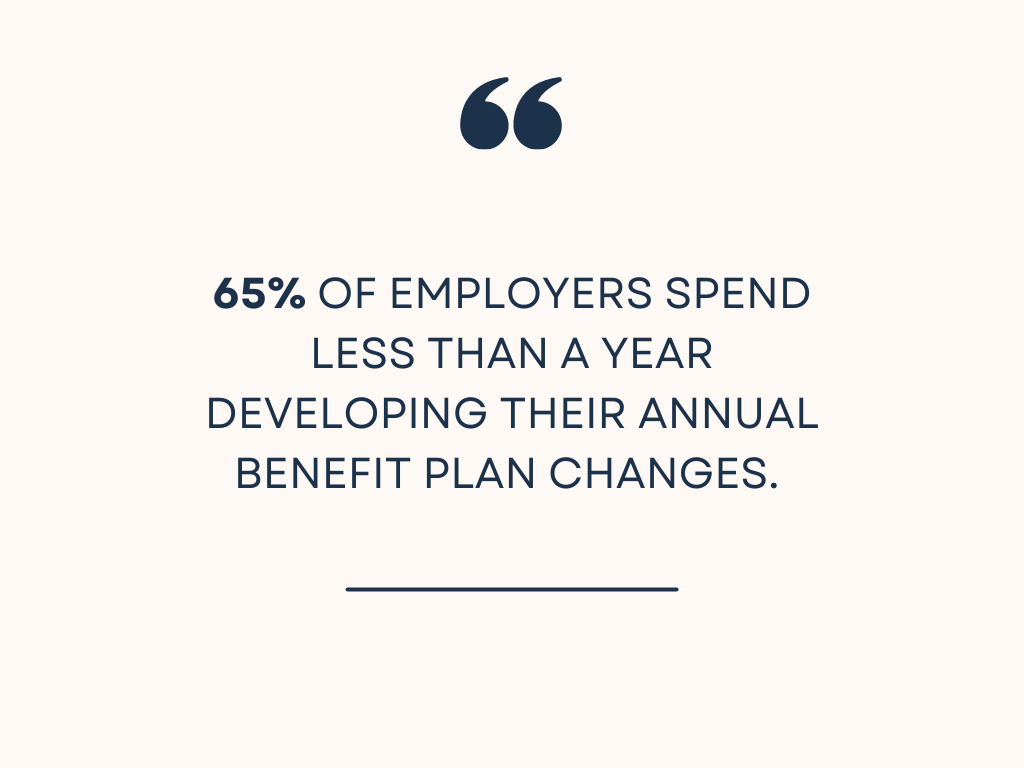
Why are Wellness Programs Important for Employees?
Embrace employee wellness programs’ significance in employee health and wellbeing.


CEO of WellRight
Good health goes hand-in-hand with good business, and a healthy workforce is also a productive one. That’s why businesses are increasingly investing in employee wellness programs. In fact, the average budget for employee wellness programs grew by 22% from 2020 to 2021, from $4.9 million to $6 million.
Employee wellness programs are increasingly important as businesses look for ways to improve workplace productivity, reduce healthcare costs, and foster a positive organizational culture.
But how much should you budget for employee benefits?
The answer depends on several factors, including the size and scope of your program, the target population, and the goals you want to achieve.
However, there are a few general guidelines that can help you get started.
This article will provide an overview of the budgeting process for employee wellness programs. We discuss the importance of a well-planned and thoughtfully allocated wellness program budget, and we will give some tips for developing a budget that meets your organization’s specific needs.
The business world is heavily focused on instantly measuring the return on investment (ROI) for every dollar spent. However, this practice often poses challenges when it comes to justifying the costs associated with corporate wellness programs.
While investing in employee well-being today can lead to reduced healthcare expenses in the long run, these benefits may extend beyond the timeframe captured in an annual report, making it difficult for many businesses to fully appreciate the financial impact.
In fact, according to Neepa Patel, the CEO of WellRight,

There is a growing body of evidence that suggests that well-funded wellness programs can have a significant impact on employee health and well-being, which can lead to many positive outcomes for businesses, including:
Undoubtedly, the benefits of corporate wellness programs extend well beyond the immediate financial impact.

Healthcare costs are rising, while employee well-being in the United States is at an all-time low.
Reputable authorities like Gallup and the CDC have highlighted the consequences of low employee well-being on both physical and mental health, which is eroding profits through lower employee engagement, higher turnover, poorer customer service, and higher healthcare costs.
Addressing this issue is a high priority, but it is essential to understand the problem’s root cause, the different stakeholders involved, and the potential solutions that have already been tried before working on any solution.

There are a few key steps involved in conducting a workplace wellness assessment:
In order to design and implement an effective wellness program, managers need to consider a holistic approach to corporate wellness offerings. Optimal personal wellness entails achieving a balance across dimensions of wellness, with each area being acknowledged and nurtured.
You might be wondering, how much do benefits cost per employee?
The average worker costs about $238 for employee wellness programs. However, different surveys found that the total cost of wellness programs per employee ranges from $150 to $2000.
Although this is a wide range, there are many ways to create a successful program that fits your wellness program budget. Below are several factors to consider when assessing costs.

Typically, the cost of corporate wellness programs increases with the size of your organization. Have you assessed how the expenses will scale as your organization grows?
A well-designed wellness program will require a significant investment upfront.
However, by allocating funds for program development, implementation, evaluation, and ongoing maintenance, you can ensure your program is successful and sustainable.
When setting your budget, it’s essential to be realistic about your financial resources and the goals you want to achieve. It’s also important to align your wellness program with the organization’s overall strategic objectives. This will help ensure that your program is aligned with the organization’s priorities and that you’re getting the most out of your investment.
Corporate wellness program cost will also increase as the scope of your program increases. Decide whether to start with simpler workplace wellness initiatives, such as a free running club, or aim for a more comprehensive approach involving screenings or a custom platform with multiple wellness programs.
You also need to consider:
It’s important to know that 74% of companies experiencing a positive return on investment from their wellness programs have a comprehensive healthcare approach that includes health screenings, stress management programs, health risk assessments, and fitness and nutrition programs.



Employee engagement is essential to the success of any wellness program.
If you have limited resources, you may need to be creative in implementing your wellness program.
How do you plan to effectively advertise and encourage employee participation? What incentives can you provide to motivate engagement?
When allocating resources within your budget, it’s vital to consider the following costs:
By allocating resources for employee engagement initiatives, you can motivate your employees to participate in the program and get the most out of it.
Many businesses miss out on cost-effective strategies for workplace wellness programs due to a lack of planning. A recent study found that 65% of employers spend less than a year developing their annual benefit plan changes.

To optimize your program’s impact while staying within your wellness program budget, consider the following strategies:
Leverage technology platforms: Utilize technology platforms designed for budget-friendly workplace wellness programs. These platforms streamline program management, reduce administrative costs, and provide tools to track program progress. By leveraging technology, you can save money and improve program effectiveness.
Partner with local wellness providers: Explore partnerships with local wellness providers who offer discounted rates to businesses. These providers can offer services such as fitness classes, nutrition counseling, or stress management workshops at reduced costs. Leveraging local resources fosters community engagement while keeping expenses in check.
Utilize existing organizational resources: Leverage resources already available within your organization to support your wellness program. If you have an on-site fitness center or health promotion staff, utilize them to provide wellness services and activities. This approach maximizes the use of existing resources and minimizes additional costs.
Offer preventive health services: Prioritize preventive health services as part of your wellness program. Arrange for flu shots, health screenings, and health assessments that can identify and address health issues early on. This proactive approach reduces long-term healthcare costs by preventing or managing chronic conditions.
Promote healthy lifestyle habits: A successful workplace wellness program should promote healthy lifestyle habits among employees. Encourage healthy eating habits by offering nutritious food options and educating employees about healthy food choices. Organize physical activity initiatives such as walking challenges or fitness classes to encourage regular exercise. Cultivate a work environment that supports work-life balance and stress management.
Provide access to wellness resources and tools: Equip employees with access to wellness resources and tools. Offer online health information platforms, fitness trackers, or mobile apps that provide guidance on healthy habits and track progress. These resources empower employees to make informed decisions about their well-being and monitor their own health.
Wellness programs can be a valuable investment for employers, but it is crucial to regularly monitor and evaluate the budget to ensure its effectiveness.
Organizations can effectively refine the wellness program budget allocation and make informed decisions by leveraging data-driven insights. This process entails tracking crucial metrics, including:
Through data-driven insights, organizations can identify areas of the wellness program that yield the highest return on investment. Regular budget evaluation allows for resource reallocation towards components that have proven to be effective, resulting in maximum ROI.
Furthermore, regular evaluation of key metrics and data-driven decision-making enables continuous improvement of the wellness program. By identifying trends, emerging needs, and successful practices, organizations can refine the budget allocation to ensure the program remains relevant, effective, and aligned with the evolving requirements of employees.
As the business world becomes increasingly competitive, wellness programs are becoming an essential tool for businesses that want to attract and retain top talent, improve their bottom line, and create a positive work environment.
Benefits professionals and HR should prioritize wellness program budgeting as a strategic investment for their organization’s success.
By allocating resources wisely, leveraging data-driven insights, and embracing continuous improvement, businesses can create a culture of well-being that improves the employee experience, enhances productivity, and drives overall organizational success.
Disclosure: Some of the products featured in this blog post may come from our partners who compensate us. This might influence the selection of products we feature and their placement and presentation on the page. However, it does not impact our evaluations; our opinions are our own. The information provided in this post is for general informational purposes only.
Senior Content Writer at Shortlister
Browse our curated list of vendors to find the best solution for your needs.
Subscribe to our newsletter for the latest trends, expert tips, and workplace insights!

Embrace employee wellness programs’ significance in employee health and wellbeing.

Explore senior care statistics that accurately depict the growing importance of eldercare

As sleep deprivation significantly affects work performance, is the tradeoff between employees working long hours or being available 24/7 worth it?

In the intersection of HR technology and employee wellness programs, companies have found ways to maximize their benefits and those of their employees.
Used by most of the top employee benefits consultants in the US, Shortlister is where you can find, research and select HR and benefits vendors for your clients.
Shortlister helps you reach your ideal prospects. Claim your free account to control your message and receive employer, consultant and health plan leads.